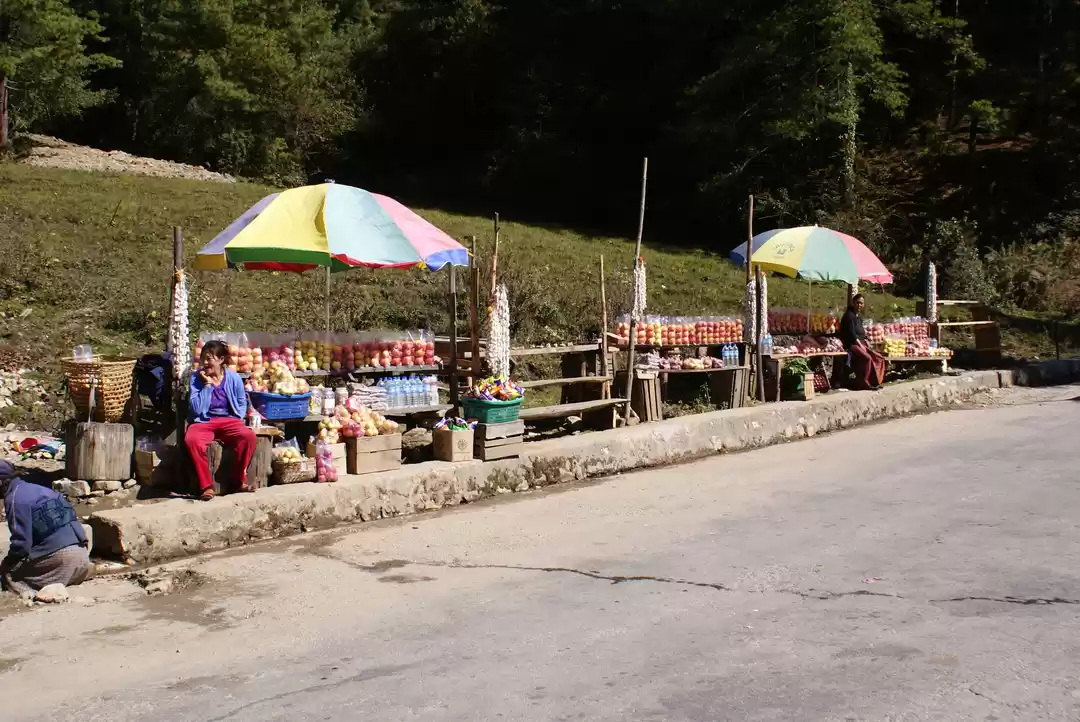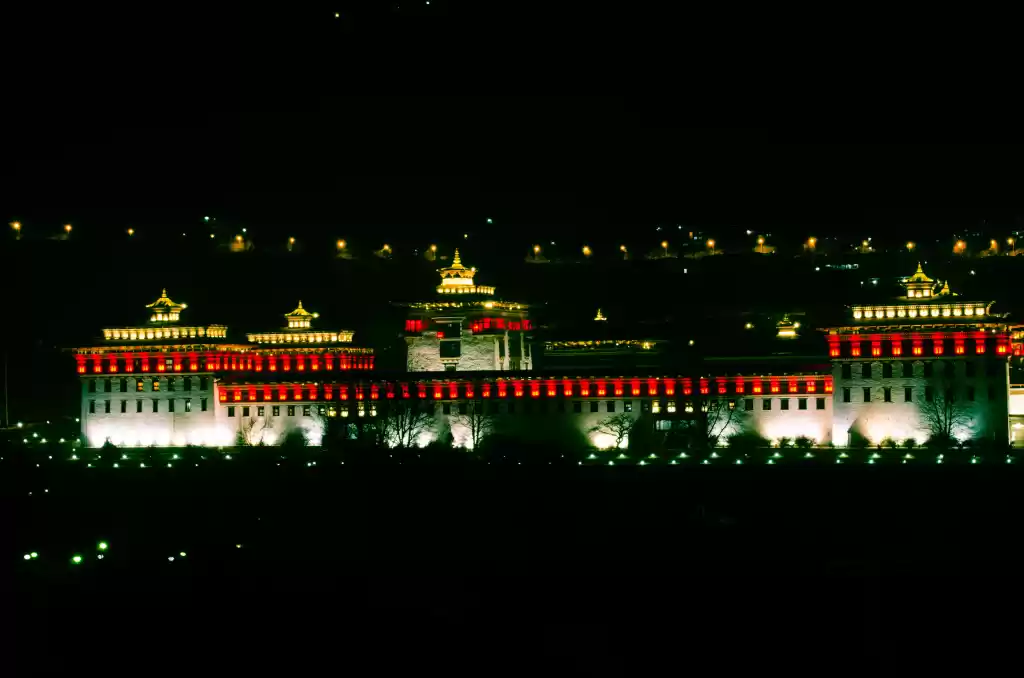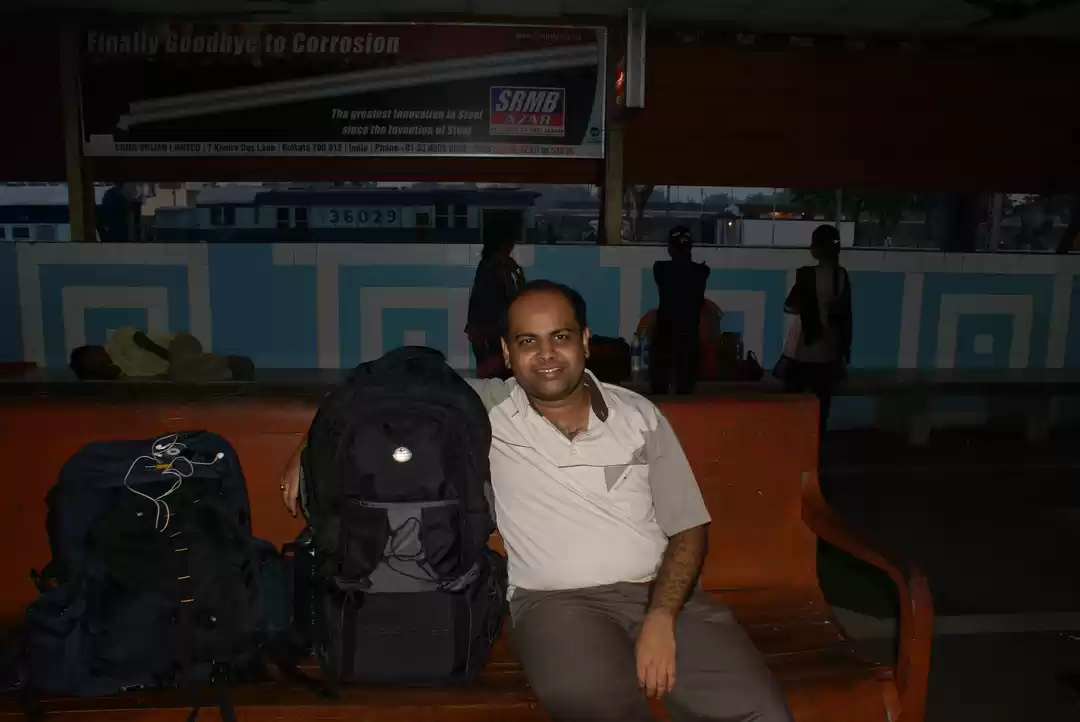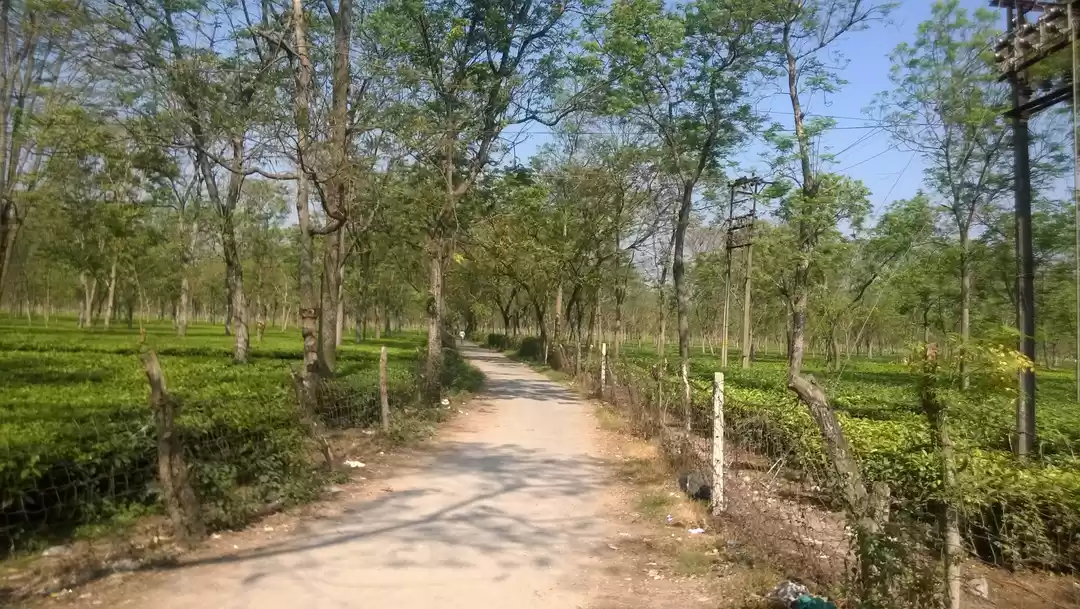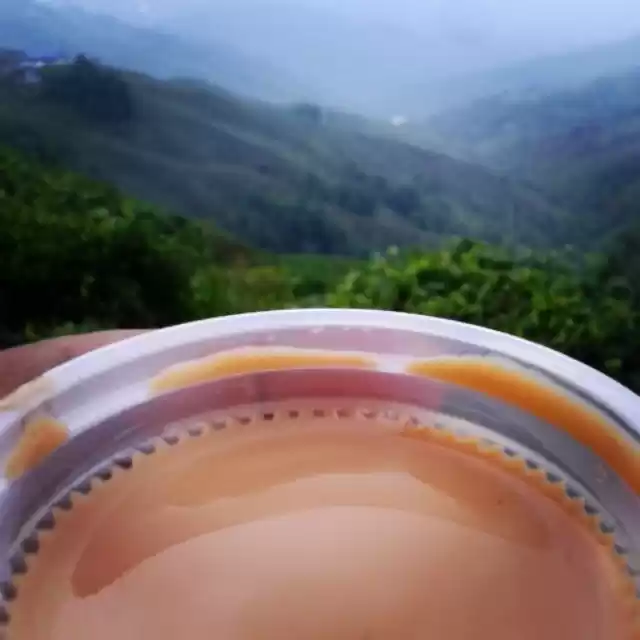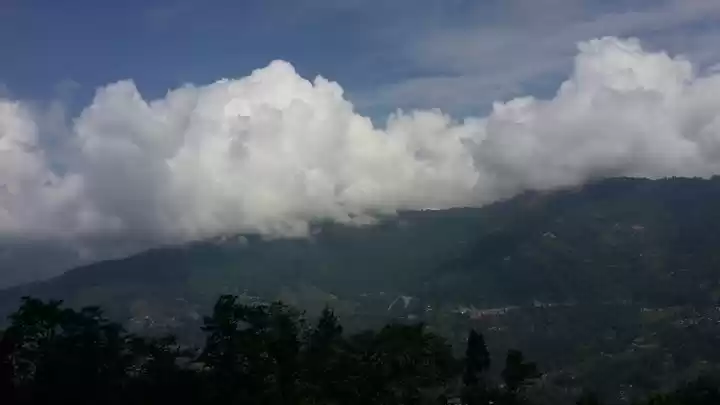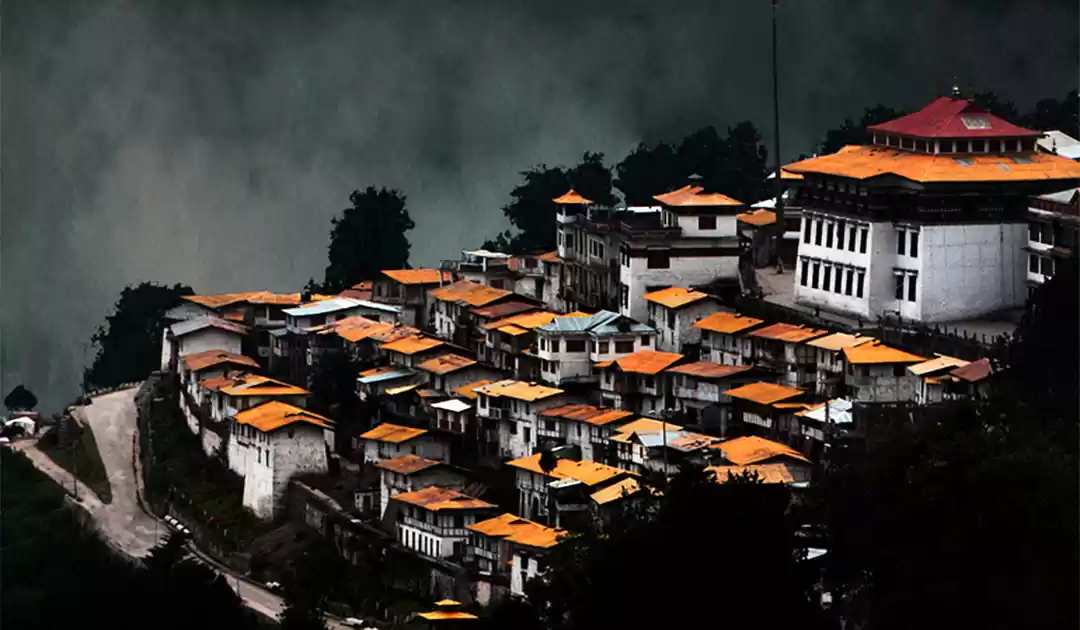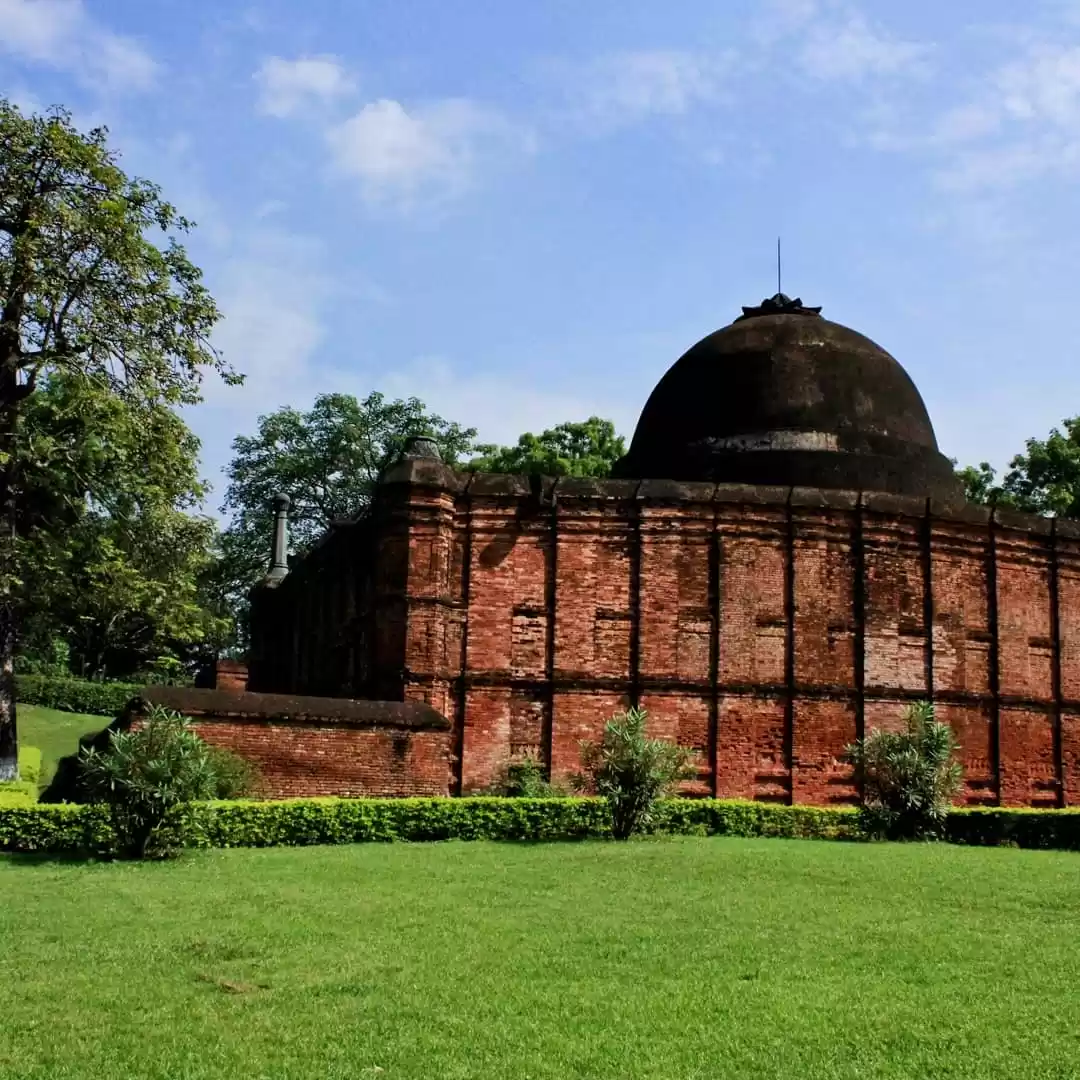Thimphu Tourism and Travel Guide
Thimphu (/tɪmˈpuː/; Tibetan alphabet: ཐིམ་ཕུ [tʰimpʰu]), formerly spelled Thimbu, is the capital and largest city of Bhutan. It is situated in the western central part of Bhutan and the surrounding valley is one of Bhutan's dzongkhags, the Thimphu District. The city became the capital of Bhutan in 1961. As of 2005 it had a population of 79,185, with 98,676 people living in the entire Thimphu district. The city is spread out laterally in a north-south direction on the west bank of the valley formed by the Raidāk River, which is known as the Wang Chuu or Thimphu Chuu in Bhutan. Thimphu is spread over an altitudinal range between 2,248 metres (7,375 ft) and 2,648 metres (8,688 ft). Unusually for a capital city, Thimphu is not served by an airport, but relies on the Paro Airport connected by road some 54 kilometres (34 mi) away. Thimphu, as the political and economic center of Bhutan, has a dominant agricultural and livestock base, which contributes to 45% of the country's GNP. Tourism, though a contributor to the economy, is strictly regulated, maintaining a balance between the traditional, development and modernization. Thimphu contains most of the important political buildings in Bhutan, including the National Assembly of the newly formed parliamentary democracy and Dechencholing Palace, the official residence of the King, located to the north of the city. As a metropolis and capital city, Thimphu is coordinated by the 'Thimphu Structure Plan', an Urban Development Plan which evolved in 1998 with the objective of protecting the fragile ecology of the valley. This development is ongoing with financial assistance from the World Bank and Asian Development Bank. The culture of Bhutan is fully reflected in Thimphu in respect of literature, religion, customs, and national dress code, the monastic practices of the monasteries, music, dance, literature and in the media. Tshechu is an important festival when mask dances, popularly known as Cham dances, are performed in the courtyards of the Tashichho Dzong in Thimphu. It is a four-day festival held every year during Autumn (September/October), on dates corresponding to the Bhutanese calendar.



